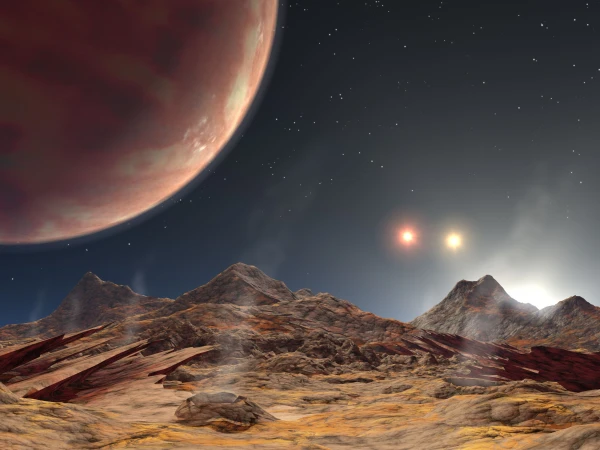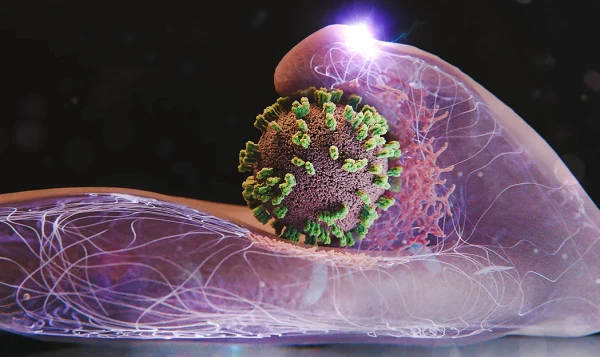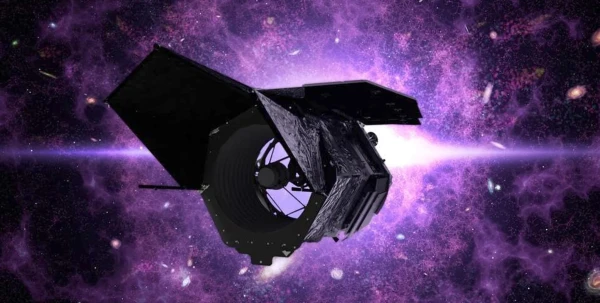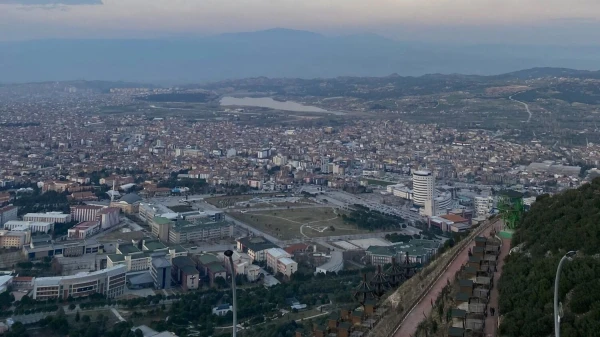
Is it a coincidence in the process of the universe's development, or a regularity?
Life beyond Earth should be sought around dwarf stars of types G and K, as well as in the subsurface oceans of planetary moons. These conclusions follow from a new model of life formation proposed by Moscow State University graduate and leading researcher at NASA's Jet Propulsion Laboratory Vyacheslav Turychev.
"Where could life have started — within the Solar System, at the edge of the Galaxy, in the 'quiet windows' of galactic ecology?" the scientist asks. "If life occurred only on our planet, that would be strange. I believe that life should be everywhere. Just as we find exoplanets everywhere, it is logical to expect a diversity of biochemistries. Over the past decades, thousands of exoplanets have been confirmed, including solid ones and those in the habitable zone (the area of fluxes and temperatures where a liquid solvent is possible on the surface). Given the observed diversity, life as a statistical phenomenon appears to be more of a rule than an exception.
Professionally, I am interested in two questions. The first is what was before the 'Big Bang' (the initial hot phase of the universe's expansion), why did the universe become the way it is, how were fundamental constants (such as the fine-structure constant α, the mass ratio of the electron and proton, the gravitational constant G, and others) established, and is there one universe or not. The second is the emergence of life in the universe. Is it a coincidence in the process of the universe's development, or a regularity?"
"Over the past 25 years, we have seen a large 'zoo' of exoplanets with more than 8000 confirmed exoplanets orbiting different stars with varying emitted energy. Considering that each star forms a unique planetary dynamics around it, and it has its own energy characteristics, it would be good to understand how this affects the formation of biospheres on the planets of that star, and what kind of life could develop on a specific planet.
Thus, the connection between the physical processes we understand (energy flows, radiation, surface gravity) and the chemistry that can form on this planet becomes clearer, as well as what kind of biosphere could exist on this planet, so we can at least understand what to expect from a specific object we find."
"Most likely, life was formed closer to the periphery, where conditions are more or less stable and there is not so much excess radiation. Although supernova explosions also occur there: on one hand, they produce a huge amount of new material — which is good, but on the other hand, they burn everything around them. For this reason, in those star clusters where star formation and supernova explosions occur, there is likely no life either. It is more rational to search for life in 'boring' dynamically calm places — such as the Solar System, where we find ourselves on planet Earth, where there is enough warmth, a circular orbit, and the galactic energy conditions are compatible with biology.
At the same time, the emergence of life should not happen now, but on time scales of billions of years. After all, the age of the Earth is 4.5 billion years, yet already in the first ~500 million years after its formation, primitive single-celled organisms existed on it.
Overall, the first five gates are related to astrophysics, the formation of a sufficient number of elements that can be found on a planet. These elements are connected to stellar dynamics, supernovae, and the conditions on the planet that allow these primary elements to be retained. Retaining elements is critical: if the mass of our planet were slightly greater, we would be small and stout to resist gravity, having a huge heart to pump blood from our heels to our heads. And if our planet were very small, it simply would not have been able to retain an atmosphere. In other words, there are certain correct sizes of planets that can retain the key elements necessary for the creation of life," the expert says.













